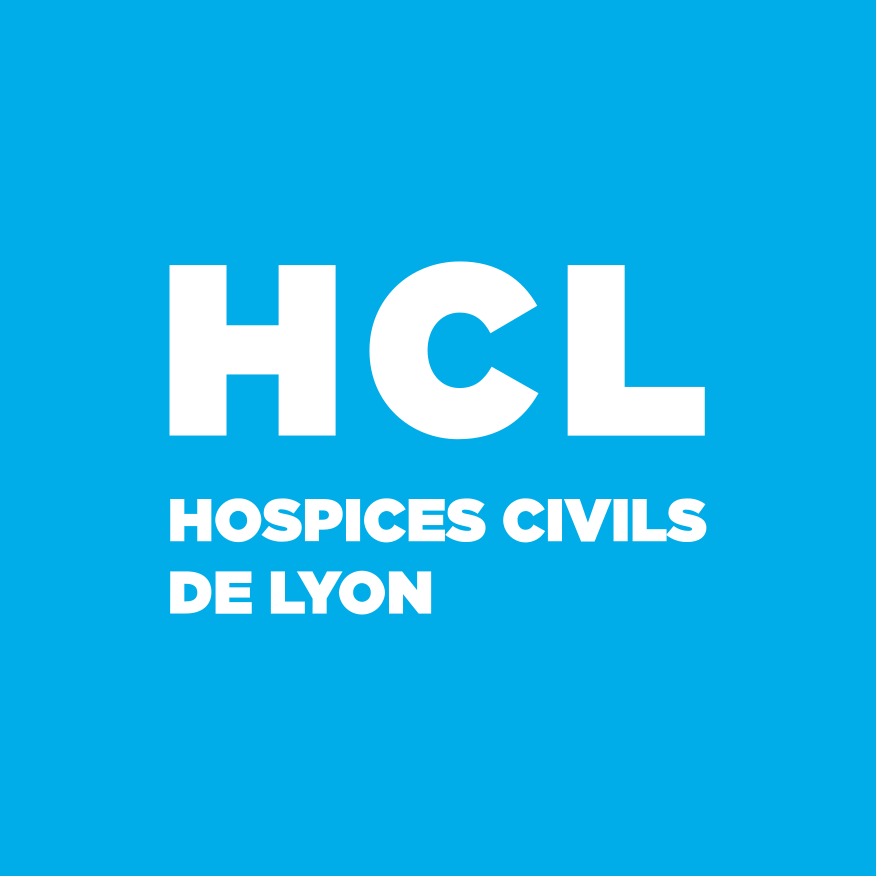Pierre Wertheimer Institute
Research & Care
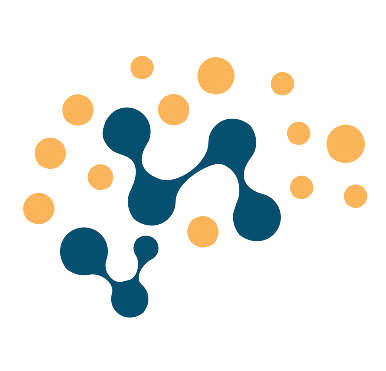
« More than 170 clinical trials are currently on going »
The clinical research of the Pierre Wertheimer Institute is based on the shared clinical research unit (CMRC) for adult neurology and the expertise of the clinical investigation center (CIC) for pediatrics. Both clinical investigation centers at HCL hold a research site authorization for early phase studies and first administrations to Humans.
Translational research on biological samples is based on healthcare collections and links with neuroscience research centers which make it an exceptional site (CRNL, INMG, Mélis, ISC-MG, SBRI). It’s also developed on the basis of a biological resource center developed over more than 20 years and containing more than 200,000 samples in link with a clinical database containing the elements of the patient evolution care.
Finally, data research is developed using patient cohorts and quality clinical and radiological databases, developed over many years (see OFSEP cohort for example).
Pierre Wertheimer Institute
Platforms
Clinical and basic research makes it possible, on the one hand, to improve the diagnosis and care of patients with neurological disorders, disabilities and, on the other hand, facilitates patient access to innovative molecules.
In order to conduct this research, the Pierre Wertheimer Clinical Neuroscience Research Institute needs to work closely with various very specialized platforms. Indeed, these platforms provide essential resources for the smooth running of clinical studies, scientific research that will allow the achievement of results directed to the benefit of the patient.

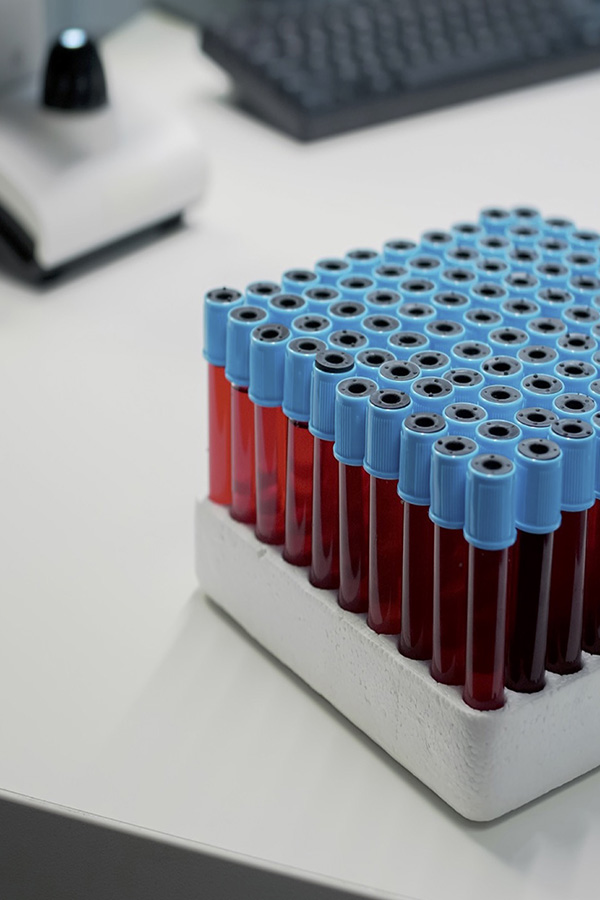
NeuroBioTec (NBT)
NBT is biobank (HCL) from Lyon dedicated to neurology and located on the site of the East Hospital Group, under the responsibility of Nathalie Dufay, and Romain Marignier.
NBT shelters more than 200,000 samples for 52 collections and ensures the reception, management, conservation and provision of biological resources to enable researchers and clinicians to advance research and knowledge.
Cellule Mutualisée de Recherche Clinique (CMRC-HCL)
The CMRC is an operational support structure of the Hospices Civils de Lyon, dedicated to the clinical research in neurology.
The main objective of the CMRC is to optimize Clinical Research activity of the center of medical activity (PAM) in Neurology and represents more than 170 active clinical trials and more than 1000 visits to the research day hospital.
This structure brings together significant human resources of around 30 people, including around twenty clinical research assistants and 5 clinical study managers, 3 nurses, 1 project manager with the aim of meeting the needs of the various specialties (about fifteen) within the Neurology PAM.
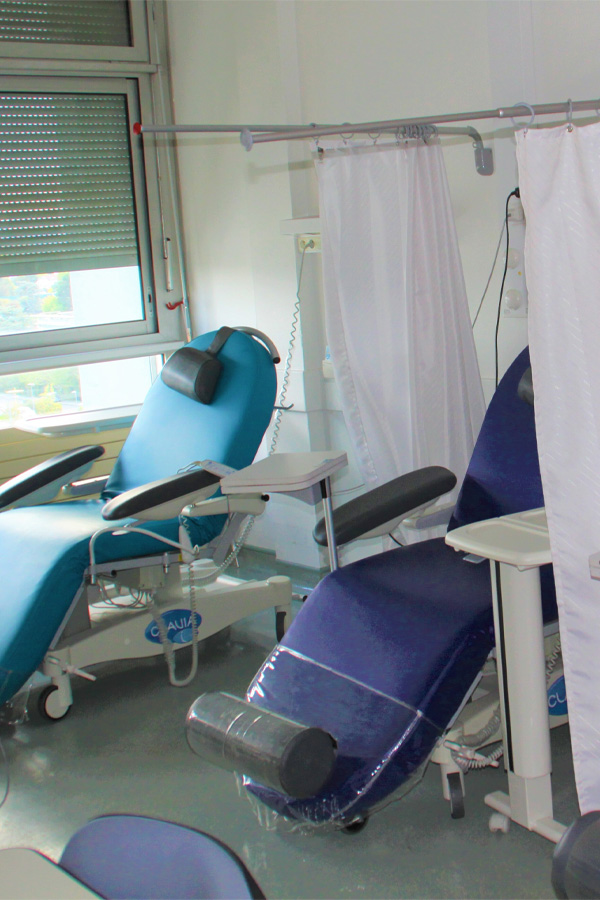
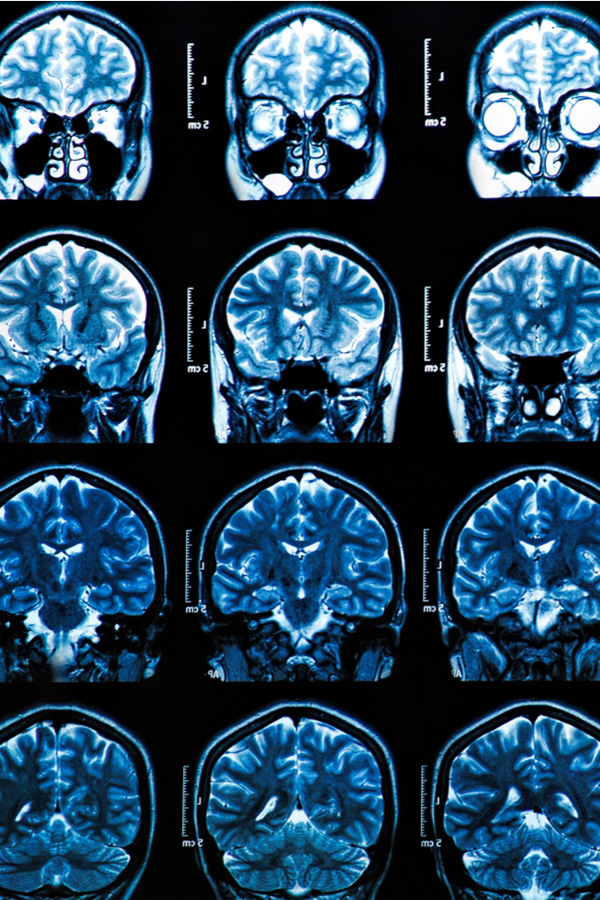
Cermep
Cermep is a preclinical and clinical living imaging platform that aims to answer physiological, physiopathological, pharmacological and therapeutic questions through PET, MRI, MEG, etc. and whose director is Luc Zimmer.
Cermep offers, within a single site, technical and methodological expertise as well as the possibility of developing an R&D methodology to extend the fields of action of imagers and increase their performance.
iEEG
The iEEG platform brings together clinicians and researchers from the CRNL, whose the 4 managers are Pr S. Rheims, Dr J. Jung, Dr O. Bertrand, Dr JP. Lachaud. So, this platform allows to define the pathophysiological characteristics of deleterious cerebral activity due to epileptic seizures and to improve understanding of this disease in order to gain better control over it.
This platform also gives the possibility to understand the basic neural dynamics underlying various sensory, motor or cognitive functions
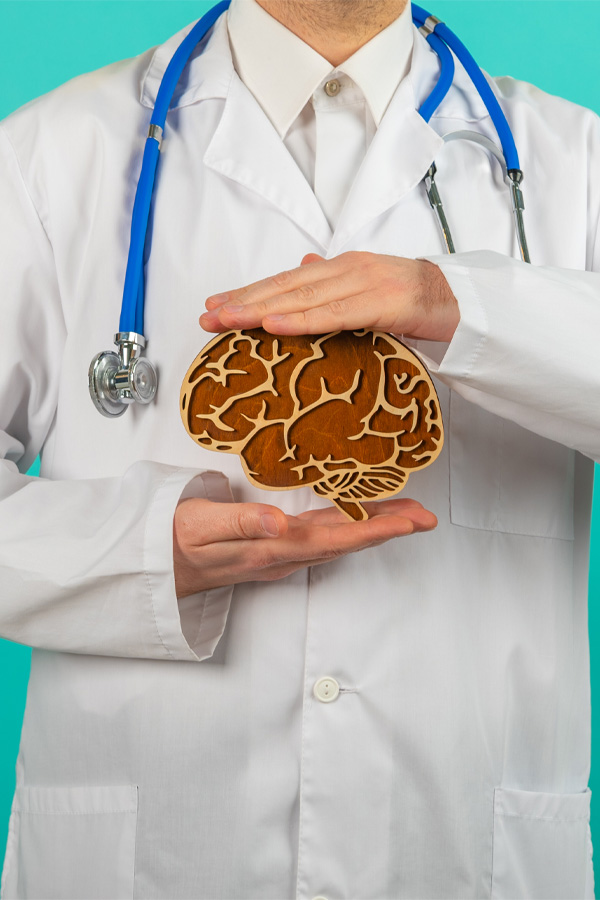
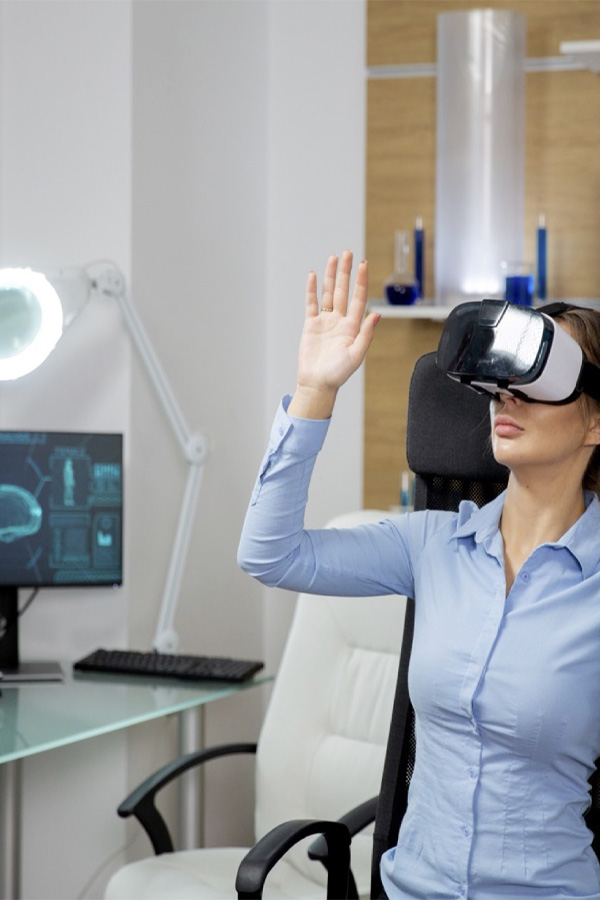
Neuro-immersion (NEURO-I)
The Neuro-immersion platform (NEURO-I) directed by Alessandro Farne (CRNL) corresponds to the unique and stimulating alliance between immersive virtual reality systems and cutting-edge tools in cognitive and clinical neuroscience.
One of the main objectives of this platform is the understanding of normal and pathological brain functions in humans and non-human models and allows the development of cognitive enhancement and rehabilitation procedures.
Auragen
The Auragen platform has about twenty members and offers a very high throughput sequencingthat can be performed on a large number of patients in the fields of oncology and rare diseases.
The platform puts into action a complete circuit from the management of traceable samples framed by ethical and clinical protocols to the analysis of data processed by bioinformatics to detect genomic variants.

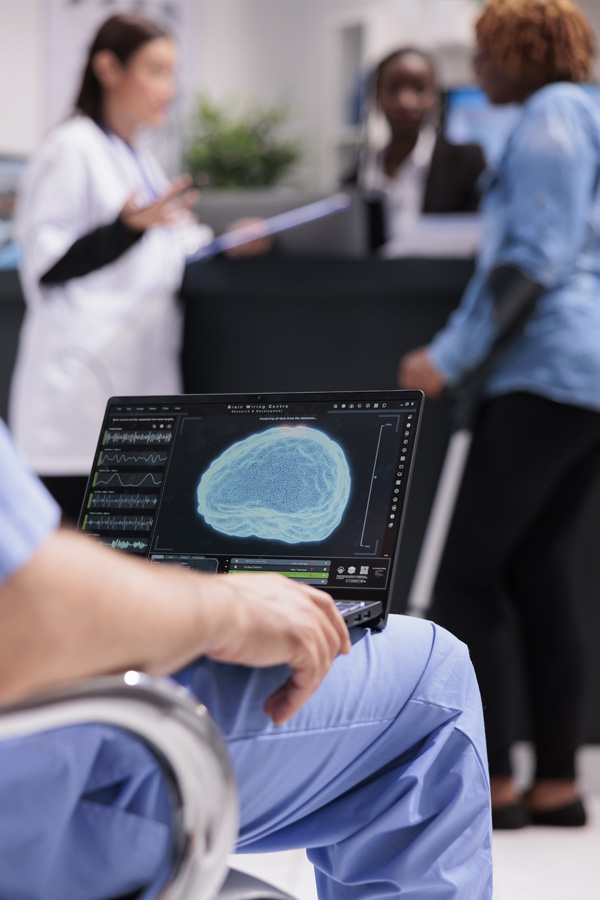
Plateforme de neuromodulation
First French neuromodulation center bringing together deep cerebral and intrathecal spinal cord stimulation activities.
This platform offers an innovative care pathway for patients suffering from various neurological pathologies but all benefiting from a common therapy by neuromodulation.
This specific unit allows an original and more efficient organization of care pathways, adapted to the management of these therapies and innovative technology.
MouvHandi
The CNRL’s movement and disability platform (MouvHandi) under the direction of Yves Rossetti and Patrice Revol provides state-of-the-art motion analysis technologies as well as personalized analysis software for the study of body movements and postures in healthy subjects for basic research.
In the case of clinical research, MouvHandi provides decision support tools and allows the evolution and effect of various therapeutic interventions to be assessed.
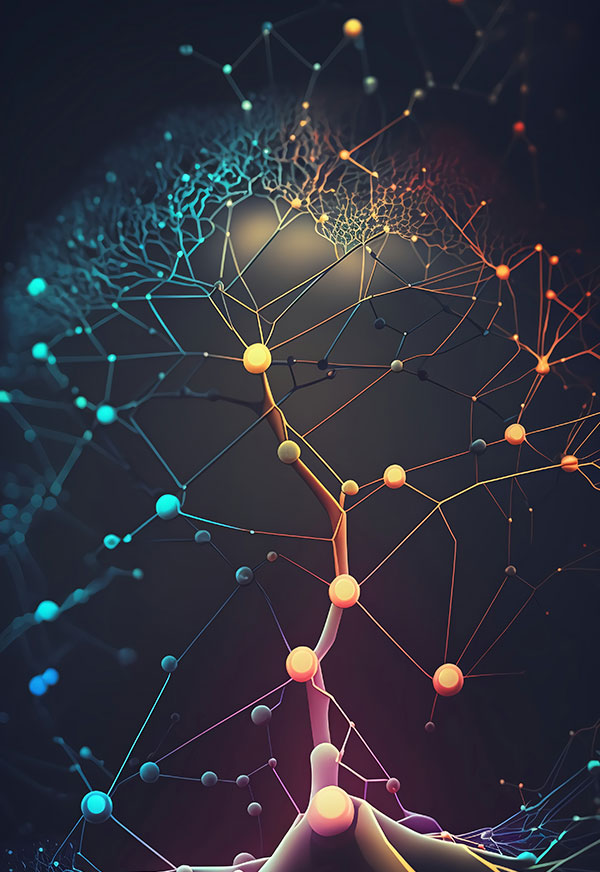
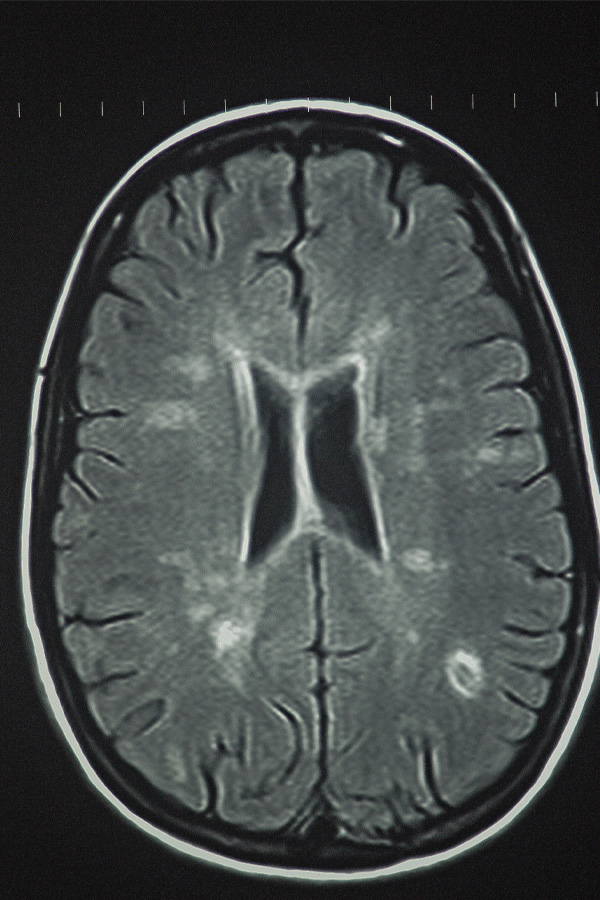
Observatoire Français de la Sclérose en Plaques
The OFSEP platform is an epidemiological tool on Multiple Sclerosis (MS) intended for the French and international scientific community.
This tool helps answering many questions about the causes and mechanisms of MS, the prognostic factors for the progression of the disease, the efficacy and safety of drugs, the impact of the disease on patients and society, etc.

Rares diseases reference centers
Many rares diseases reference centers are present on the Eastern group site at the neurological hospital and at the HFME. The coordinating and constituent rares diseases reference centers for neurological pathologies are spread over 5 care sectors : Brain Team, DéfiScience, Filmenus, Filslan, AnDDI Rares.
Filière Brain team: Centre de référence des syndromes neurologiques paranéoplasiques et encéphalites auto immunes, centre coordonnateur Pr HONNORAT & le Centre de référence des narcolepsies et hypersomnies rares, Pr FRANCO.
Filière DéfiScience: Centre de référence des maladies inflammatoires rares du cerveau et de la moelle, Pr MARIGNIER, Centre de référence des déficiences intellectuelles rares, Pr DES-PORTES, Centre de référence des malformations et maladies congénitales du cervelet Dr ROUGEOT-JUNG, Centre de référence des épilepsies de causes rares Pr RHEIMS, Centre de réfrence des Déficiciences intellectuelles et polyhandicap, Pr VUILLEROT.
Filière Filmenus: Centre de référence des maladies neuromusculaires PACA-Réunion-Rhône Alpes, Pr VUILLEROT.
Filière Filslan: Centre de référence sur la SLA et autres maladies rares du neurone moteur, Dr BERNARD.
Filière AnDDI Rares: Centre de référence des anomalies du développement et syndromes malformatifs du sud est, centre coordonnateur Pr EDERY.
IPW research institute in the heart of Lyon
